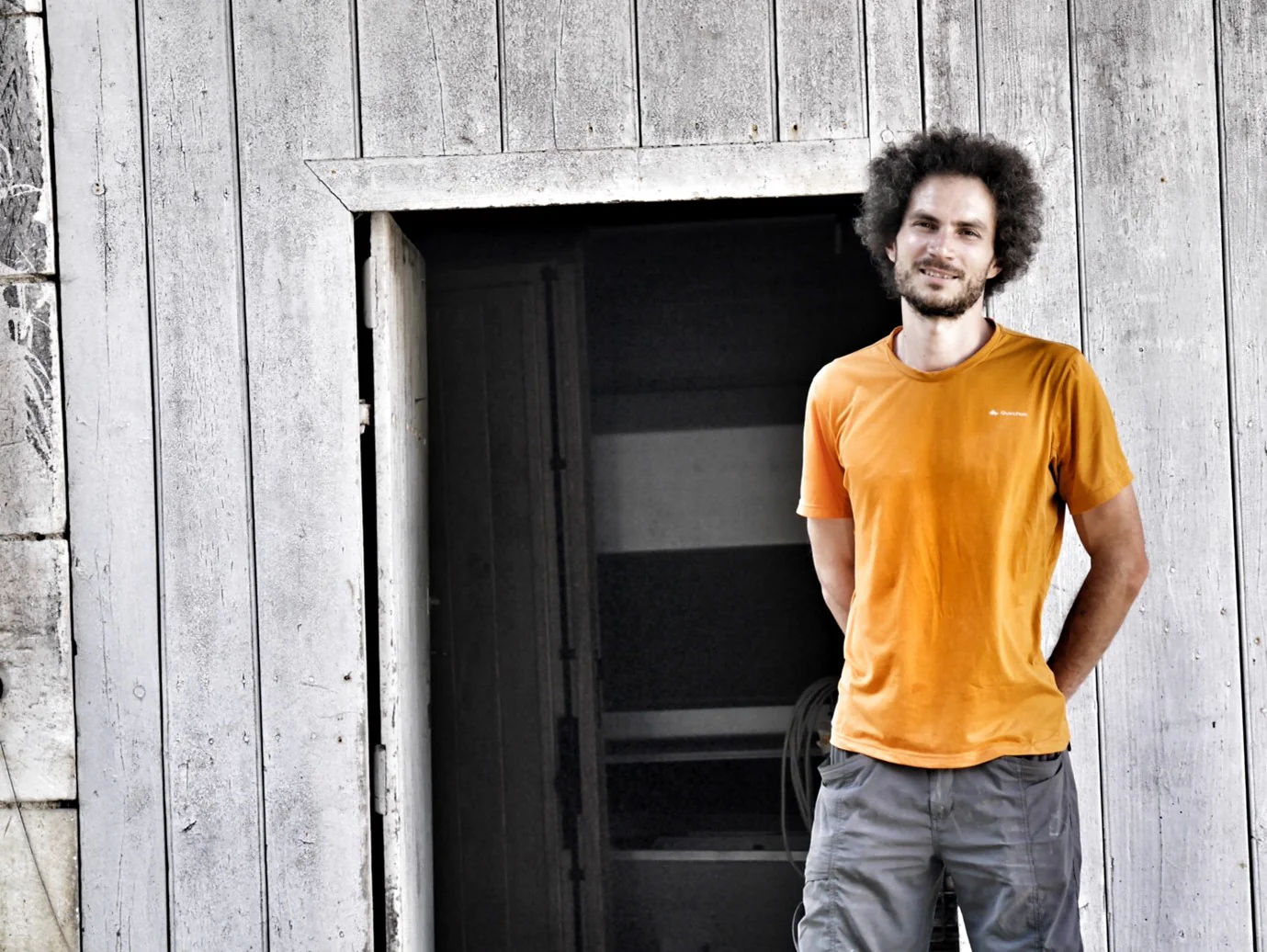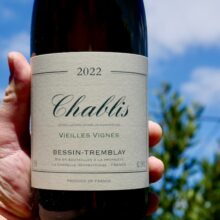
Winery
Domaine Bessin-Tremblay
About Domaine Bessin-Tremblay
The domaine’s origins date to the late ’80s, when Jean-Claude Bessin and Evelyn Tremblay took back the vineyards of Evelyn’s father, who had been working with the local co-operative. Neither had any experience as a vigneron—Jean-Claude was an architect and his wife a pharmacist—but Bessin quickly revealed himself as an inspired vigneron. He set a template of traditional, pre-war Chablis, reducing chemicals, hand harvesting yields that were a fraction of his neighbours’, opting for spontaneous ferments and aging in casks. At the time, these practices were almost unheard of.
In 2015, Jean-Claude and Evelyn’s son, Romain, came home to work at the estate. Rake thin and with an impressive Woodstock-era head of hair, he was a prodigiously talented jazz drummer who graduated from the Conservatoire in Paris. Romain’s arrival heralded a shift towards organic viticulture, and the domaine was certified in 2019. He then started with biodynamics ‘in principle’, a progression he believes brings even more vitality and energy to the fruit.
He couldn’t wish for a better partner in that pursuit than his brother, Antoine, who joined in 2021 (the year their father, Jean-Claude, retired). Highly intelligent and thoughtful, Antoine has a biochemistry background, with his studies and experience centring on soil life and plant-based therapies. Pretty handy know-how to bring to a modern wine estate! Together, the brothers have continued their father’s work but kicked it up several notches.
The quality and style of the wines remind us that Chablis is indeed part of Burgundy! The wines are textured and layered, yet equally mineral, chiselled and ageworthy. In short, these wines can sit proudly alongside the best wines of Puligny or Chassagne. In Chablis, they are perhaps closest in style to the greatest wines of Vincent Dauvissat. However, they have their own persona, reflecting the specific vineyards and the precision of the work in the vines and cellar.
“Everything one is looking for in great Chablis.”
“As I’ve written before, this estate really deserves to be talked about more, as it belongs among Chablis’s top half-dozen domaines. Jean-Claude Bessin and his son Romain produce some of the finest wines in Chablis at this 12-hectare domaine in La Chapelle Vaupelteigne.”
William Kelley, The Wine Advocate
“Domaine Bessin-Tremblay ranks as a very classical Chablis producer. I still remember how stunned I was by the quality of the Chablis Vieilles Vignes in 2020, and 2022 follows in the same vein…”
Jasper Morris MW
In the Vineyard
Based in the hamlet of La Chapelle-Vaupelteigne, north of Chablis, the domaine farms 12 hectares of predominantly old vines, with any replanting undertaken using mass-selection cuttings. The village Chablis covers five hectares (all within La Chapelle-Vaupelteigne), with over half qualifying for the emblematic Chablis Vieilles Vignes. For the 1er Cru, there is Fourchaume and Montmains, from which (since 2006) a Forêt has been bottled separately. A special, old-vine Fourchaume is labelled as La Pièce au Comte. Finally, the family has a precious, well-sited two-hectare slice of Valmur, where the oldest vines date back to 1947.
It’s always a good sign when a grower turns up for your meeting in a tractor. The Bessins’ vines are some of the most fastidiously tended in Chablis. They practice organics and some biodynamics and have a large proportion of old vines. This obviously encourages yields that are on the low side, as well as wines with depth and character.
In the Winery
Harvesting is done by hand, and the brothers employ native yeasts and extended aging on fine lees (up to 18 months) in neutral oak—enabling the wines to gain in density, complexity and flesh as they age. The wines are only lightly filtered if necessary (using bentonite), and the domaine uses the barest amount of sulphur.
Where in the World is Domaine Bessin-Tremblay?
Domaine Bessin-Tremblay is located in the sleepy hamlet of La Chapelle Vaupelteigne (close to the Fourchaume 1er Cru).


